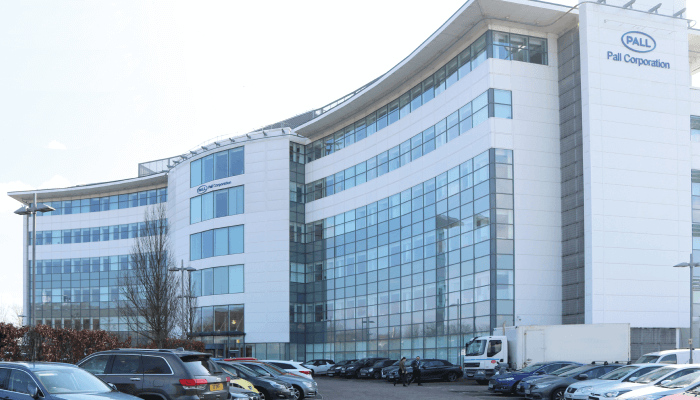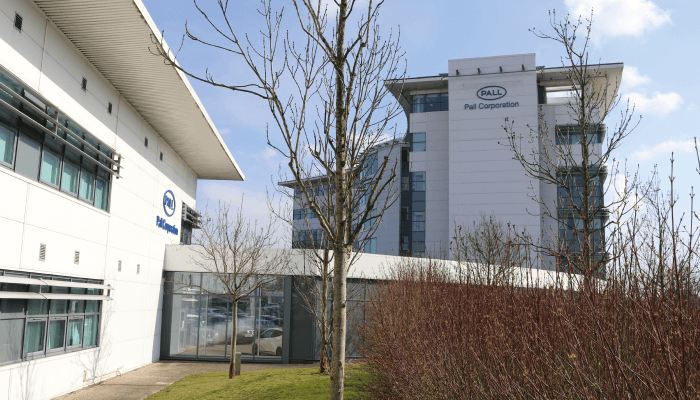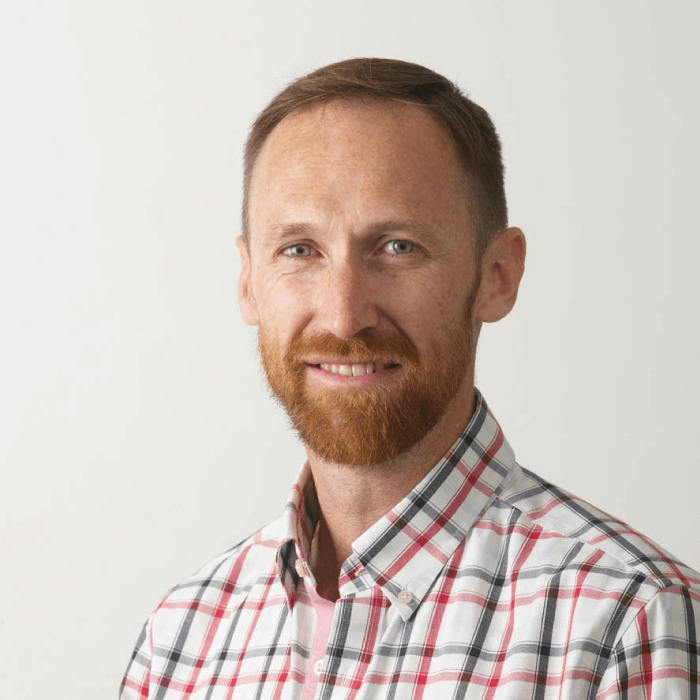The rise of monoclonal antibodies (and other important biopharmaceuticals) has taught the industry much in terms of how to successfully manipulate and manufacture living cells to achieve the desired yields and properties. But the next stage of evolution for drug manufacturers is far more complicated and tends to require the production of viral vectors; relatively few cell and gene therapies have been commercialized so far – and prices are high, reflecting the increased development and manufacturing challenges. There is a long way to go before the industry can say it has truly optimized the processes for bringing these advanced therapies to market. Clive Glover, Director, Cell and Gene Therapy, and Rene Gantier, Director Biotech Process Research & Development, both from Pall, review the progress so far and assess how manufacturing can be improved for viral vectors.

Clive Glover: Well, there have been exciting approvals and some amazing results coming from the clinic. One key milestone that stands out to me in particular, is the deal signed between Novartis and the University of Pennsylvania in 2013 because it really kicked off the CAR-T field and put advanced medicine in the spotlight for big pharma and investors. And then we saw the beginnings of companies like Kite Pharma, which was purchased by Gilead, and Juno Therapeutics, later purchased by Celgene. When it comes to the gene therapy side, there are many small gene therapy companies that have been struggling along for years, but 2013 saw investors really stand up and take notice of these, too. Today, there is a phenomenal amount of investment going into both cell therapy manufacturing and gene therapy manufacturing. According to estimates, around $22 billion in capital funding was committed to the industry in 2018, which is 30 percent increase on the funding received in 2017.
Rene Gantier: This is a big moment for the sector, especially for gene therapy, which has been waiting a long time. The money pouring into the field means that companies can start to tackle the challenges associated with industrialization and figure out how we safely bring these therapies to as many patients as possible.
Glover: Safety issues almost killed the gene therapy industry in the early 2000s, but what has changed since then is the safety profile of the viruses being used. For gene-modified cell therapies, the next generation of lentiviral vectors being used today have a high safety profile. Many patients have recently been treated with CAR-T therapy and we haven’t seen issues with insertional mutagenesis, which was a problem with earlier generations of gene therapy. Over on the viral gene therapy side of things, there has also been a recent switch away from adenovirus to adeno-associated virus, which has much lower immunogenicity and a higher safety profile.
Gantier: We also know much more about the science behind these therapies. When you compare what is going on in the gene therapy field to what we’ve seen in the past for monoclonal antibodies (mAbs), there are obvious parallels. The early days for mAbs were a little shaky, but as science in the area improved, so too did safety. We now know how to modify genes to obtain different proteins of interest with the correct mutation, and how to humanize the mAbs to reduce the risk of immunotoxicity and immunogenicity. The industry succeeded in overcoming the challenges for mAbs so there is no reason why we cannot do the same for gene therapies.

Glover: For mAbs, the manufacturing process is a fairly uniform process. In contrast, the significant number of extra steps and workflows that can be used for cell and gene therapies add complexity. The two most common workflows for advanced medicines are viral vectors and CAR-T.
At a very high level, the viral vector workflow bears a resemblance to the mAb workflow, as a single batch can serve many patients. To make more viral vectors and serve more patients, you need to scale up your process, which can become less complex and less expensive as a result. A lot of the unit operations, at a high level, look similar to the mAb process, but when you get into the detail of those operations, they are very different. When it comes to cell processing, the manufacture of CAR-T therapies is autologous; one batch equals one patient. If you want to make more therapies, you need to scale out and increase the number of batches without increasing the risk of mix up or cross contamination – and that makes manufacturing complicated. And expensive.
Gantier: The workflows for cell and gene therapies are different, but one thing in common for gene therapies and many cell therapies is the need for viral vectors. Producing and purifying viral vectors is challenging and has proven to be a major bottleneck for manufacturers. The industry can adapt and customize some standard bioprocessing techniques for viral vectors, but we also need new approaches. Patients can’t wait so borrowing tools from traditional biopharma manufacturing is okay for now, but it’s not going to see the industry through to cost effective, optimized industrialization.
Gantier: Many of the manufacturing processes for cell or gene therapies are developed in hospitals and academic labs. Not only are they produced under non-GMP conditions, but they also require additional work and optimization to be sustainable on a commercial scale. One of the key challenges is being able to move from a scale-out approach to a scale-up approach. The technique used so far, mostly on the upstream side or the cell culture side where the virus is produced, relies on scale out. But multiplying the number of cell culture devices to increase the volume of manufacturing takes up a large manufacturing footprint and contributes to costs. However, bioreactors optimized for viral vector production have now become available, allowing companies to scale up rather than scale out.
Downstream, ultra-centrifugation is probably the best way to obtain the purest virus, but it is not a scalable process that can be implemented in a GMP, industrialized environment. There has been a great deal of discussion in the industry about chromatography-type techniques for viral vectors – an enormous topic unto itself. I think everybody is very much aligned in terms of implementing chromatography techniques, but how we go about this is another question. For example, protein A is the chromatography workhorse for mAbs but will never be suitable for viral vectors. Companies are now exploring alternative ligands.

Gantier: There are many factors that contribute to high drug costs. Technology companies can certainly help in reducing the cost of manufacturing by developing new technologies that optimize the process as much as possible and deliver high yields. We don’t know exactly what percentage of a therapy’s price tag is attributed to manufacturing, but it will be higher than mAbs. We do know that producing a 200 L batch of viral vectors (based on a 200-L bioreactor) costs several hundreds of thousands of dollars – and the resulting batch will most likely yield less than 10 doses for an indication like Duchenne muscular dystrophy.
Glover: Process development is key. Companies need to evaluate new technologies – and keep an eye on emerging approaches – and then optimize their processes and equipment. Cell and gene therapies are moving fast and benefitting from reduced approval times and specialized clinical studies, but this also means you have less time for process development. For mAbs, it takes around 8.5 years to go from preclinical to commercialization. For gene therapies, it’s around 6.5 years. Given the added complexity of these therapies, we have something of a conundrum when it comes to finding the time for process development.
Glover: My answer is going to sound rather self-serving, but I’m really proud of our iCELLis bioreactor, which was used to commercialize Novartis’ Zolgensma gene therapy for spinal muscular atrophy. The therapy requires a fairly high dose of virus per patient and we worked closely with the developers of the therapy so that this could be achieved. The developers even told us that, without this bioreactor, it wouldn’t have been possible to commercialize the therapy quickly. It emphasizes how important technological innovation is in ensuring that these advanced medicines can be brought to patients.
Gantier: Continuous bioprocessing is being explored for mAbs – and, in time, the great deal of effort going into development could pass onto viral vector manufacturing. Viruses are very fragile and it’s very difficult to recover the active virus at the end of the process. The process also takes a long time. Intensification via a continuous process could reduce process times and improve recovery rates, allowing the industry to significantly increase the number of doses that can be made and supplied to patients.

Glover: For me, it’s analytics. We already have a good starting point in the cell and gene therapy field with the increasing science and innovations in manufacturing technologies, but what is holding us back is the poor quality of analytics associated with viral vectors. If you are trying to optimize a process and improve yields by 20 to 30 percent, but the error bar associated with the analytical assay you are using is plus or minus 50 percent, then you have a problem. And these numbers are fairly usual in this particular industry right now.
In addition to very large error bars, there are also long turnaround times associated with many of the most well-used assays – in some cases up to two weeks. If you are trying to optimize a particular manufacturing process when your assay has such a long turnaround time, it complicates and slows down the whole process. There are industry groups and experts working to improve the quality and accuracy of analytics, and when we start to see progress, I think we’ll see a real acceleration in improving manufacturing processes.
Gantier: Another big change on the processing side would be the ability to produce viral vectors without relying on a transfection process. Right now, the process is cumbersome, and the science is not completely controlled. We rely on plasmid DNA to go into the cell to produce the virus. Imagine modified or engineered cells that could produce viruses by themselves without any external manipulation... Going back to the mAb story, the creation of cell lines made an enormous difference to the industry and the amounts of drugs that could be produced. Imagine what we could achieve if we could do the same for viral vector manufacturing.




